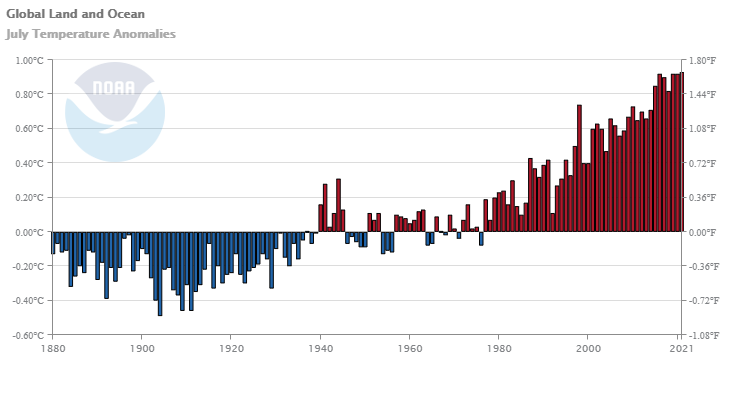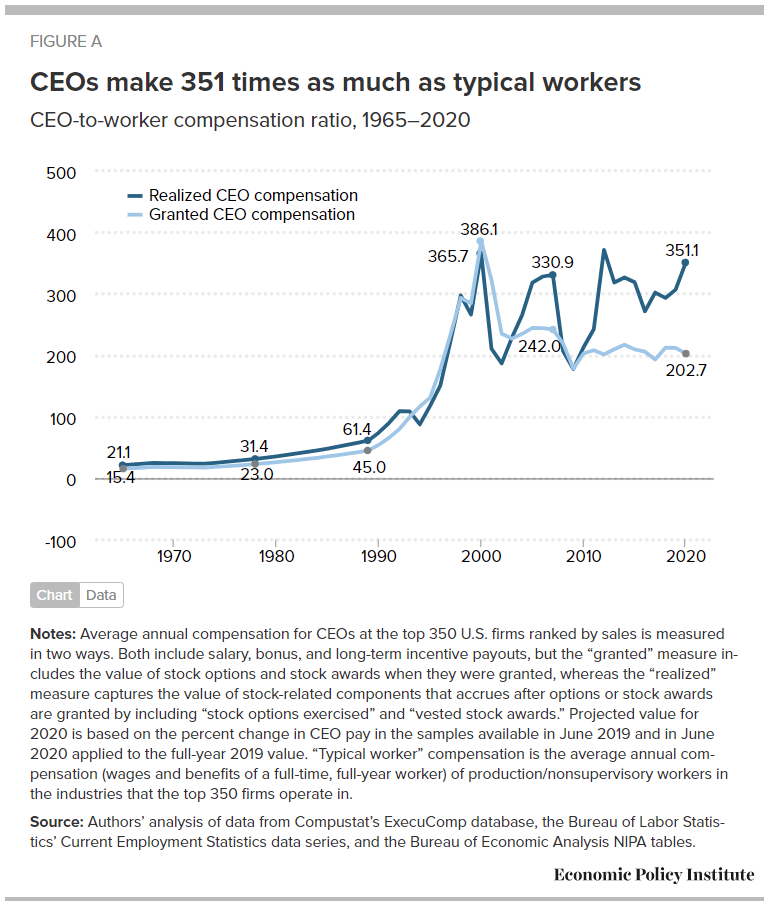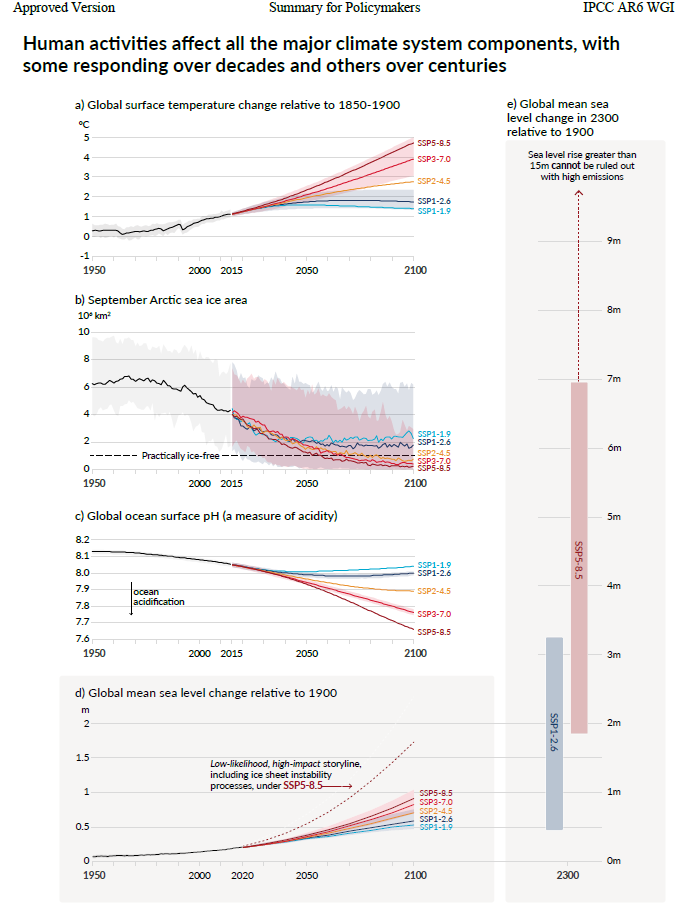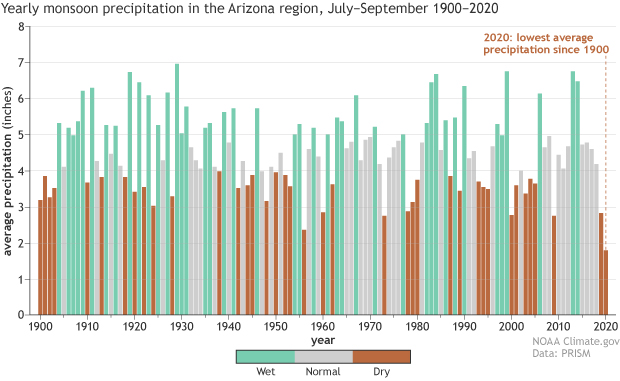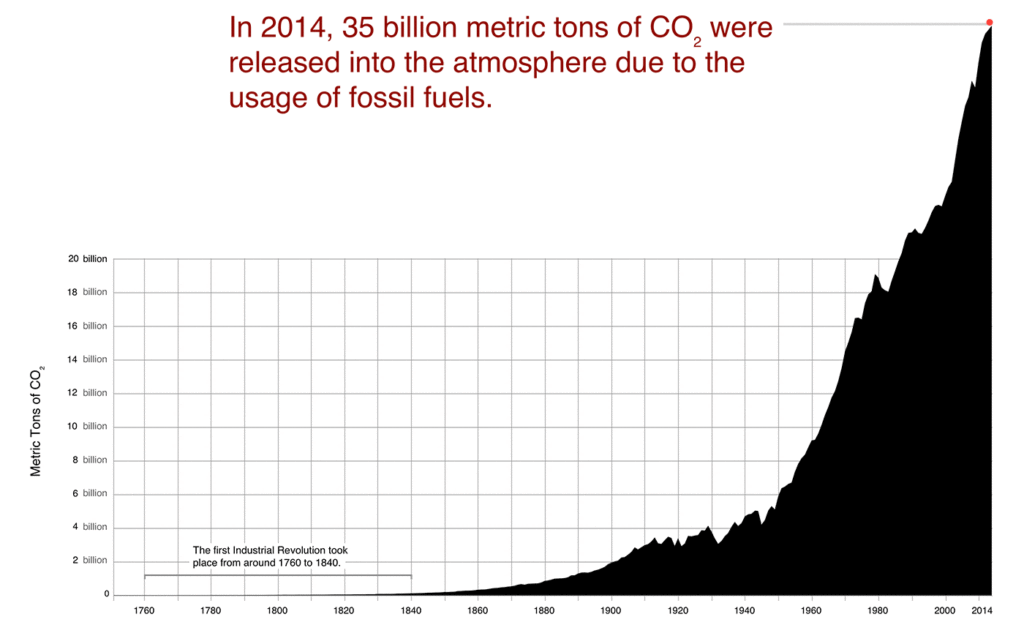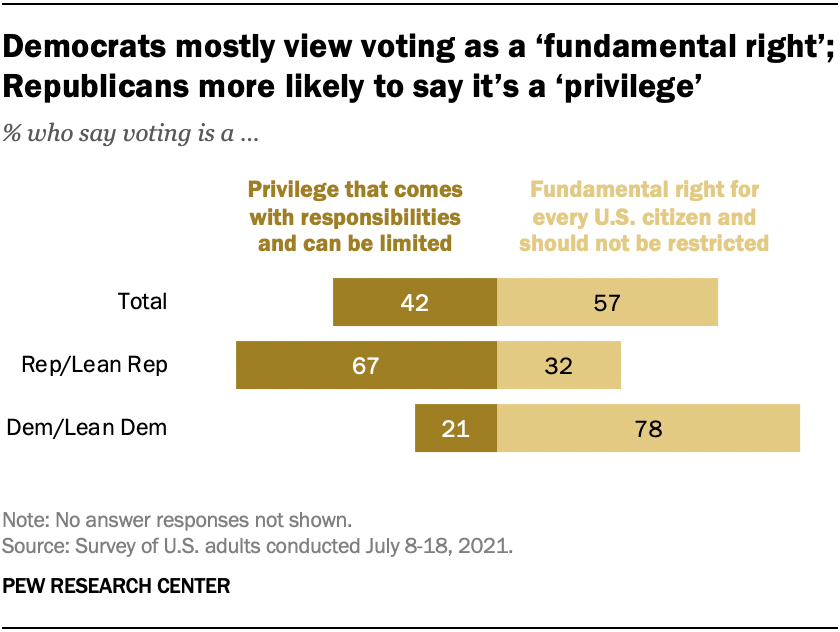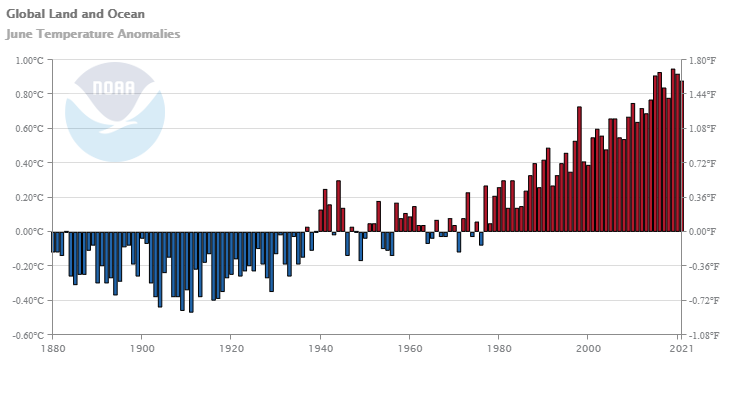 The Pew article Republicans increasingly critical of several major U.S. institutions, including big corporations and banks by Ted Van Green (8/20/2021) includes the chart copied here. The charts show clearly that republicans are more critical than in 2019, but it would seem that gaps are more concerning. Republicans are more critical of banks and corporations than two years ago but that puts them right around democrats. In other instances viewpoints are diverging. The 76 to 34 positive viewpoint difference on college and universities seems concerning and from the article:
The Pew article Republicans increasingly critical of several major U.S. institutions, including big corporations and banks by Ted Van Green (8/20/2021) includes the chart copied here. The charts show clearly that republicans are more critical than in 2019, but it would seem that gaps are more concerning. Republicans are more critical of banks and corporations than two years ago but that puts them right around democrats. In other instances viewpoints are diverging. The 76 to 34 positive viewpoint difference on college and universities seems concerning and from the article:
The survey finds that partisan differences extend to views of K-12 public schools: 77% of Democrats say they have a positive effect, compared with 42% of Republicans. A 57% majority of Republicans, including nearly two-thirds of conservative Republicans (65%), say public elementary and secondary schools have a negative effect.
Discussion of the data as well as the reporting of the data and ramifications of the results would seem to fit into many a course. Pew has a methodology section and the data.
